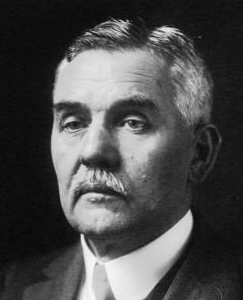SIGNBOARD
ACTIF SIGNAL
22/24 avenue Général M. BIzot
75012 Paris
Tel. +33 (0) 1 43 47 33 00
Every day, our cities are enlightened by the plentiful bright lighting of glass fronts and signs. These neon lights are very familiar to us, but do you know their history?

The lighted sign’s history is closely related to a trade that is nowadays very rare: glassblower. A French glassblower, in 1910, created the first curved glass tube, in which he placed a neon light.
Sir Georges Claude, first Neon knight of history, had just invented the lighted sign. He went on to officially patent his invention, but it took the American business know how for the object to leave its cocoon and become a fashion phenomenon. From the year 1920, the whole of brand communication throughout the world was made thanks to lighted signs.
The first advertising lighted signs were hand made with transparent glass tubes, in which low consumption neon was inserted. It consumed around 25W/m².
At first, these signs generated a red light while turned on, and were opaque when turned off. Step by step, new power solutions were found, thanks to ferromagnetic transformers, then electronical converters that allowed power shifting.
The neon’s color scheme has also evolved, to adapt to the brands’ visual identities. The gas mix contained in the tube, the appearance of tinted glass, as well as a frequent use of phosphor allowed the red halo to be replaced by a color scheme containing 40 different chromatic tints. The tinted glass tubes also permitted that the signs remain the same color even when the power is off.
Gradually, the production of high technology lighted signs has taken an industrial turn. Outdoor signs –advertisement or signage- but also indoor signs –orientation, ads…- on the point of sale have increased significantly.
Basic neon with red halos have gradually disappeared, becoming “retro”, to be replaced by LEDs. These soft electrical filaments, deprived of any gas, are easy to pack as a bunch inside a glass tube. Thanks to LEDs, production was simplified and thus intensified.
Roadsides and buildings are topped with giant lighted signs that promote some brands or give directions to a nearby store. These modern signs usually mix LEDs and modern neon, to multiply visual effects. The energy efficiency of LEDs helps reduce the electrical consumption of these signs.
Consequently, merchants and brands wish to see their signs shine almost 24/7. Legislations came in 2012 to regulate this aspect to protect the national electrical network. It is mandatory, since that legislation, to turn off your lighted signs from 1 to 6 in the morning.
Consequently, merchants and brands wish to see their signs shine almost 24/7. Legislations came in 2012 to regulate this aspect to protect the national electrical network. It is mandatory, since that legislation, to turn off your lighted signs from 1 to 6 in the morning.